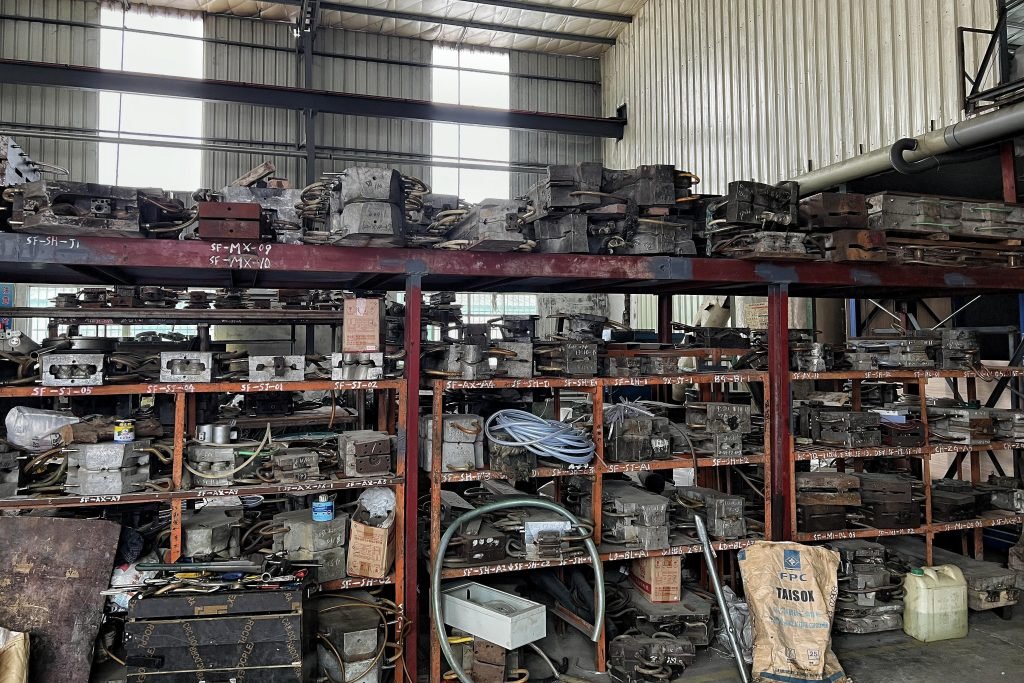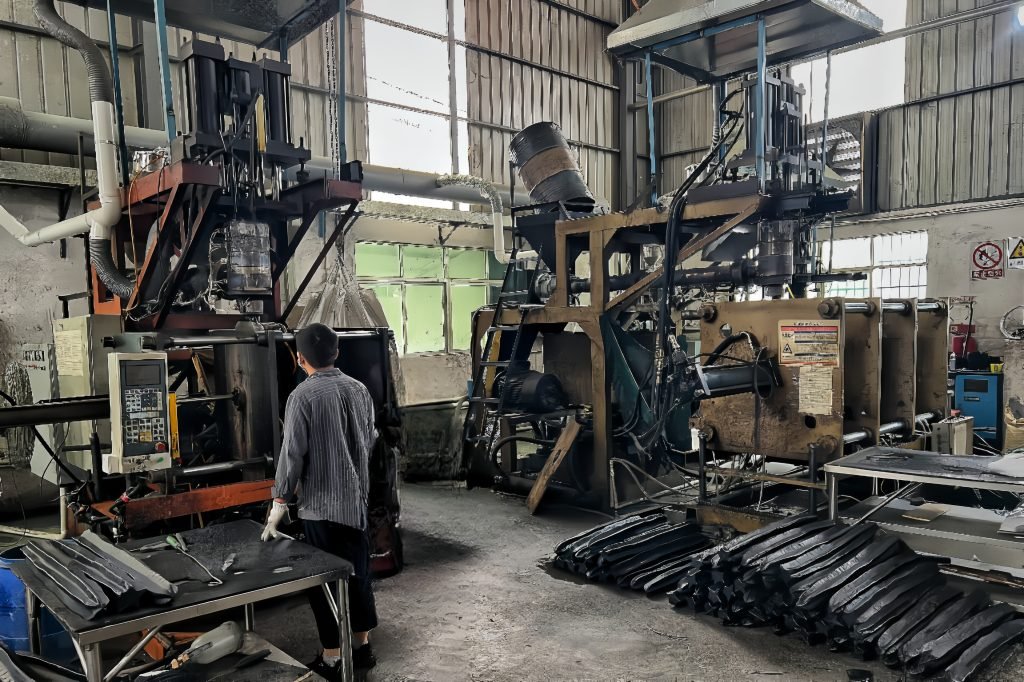The Modern Palette: Materials Behind Artificial Botanical Wonders
In contemporary times, artificial plants are a fusion of art and technology, carefully crafted from an array of materials to achieve a realistic appearance. Common materials include silk, plastic, polyester, latex, wire, paper, and wood. Each material comes with its unique advantages and disadvantages.

- Silk: Renowned for its luxurious texture, silk is often used in high-quality artificial arrangements. It lends a soft and natural feel to the leaves and flowers, contributing to a lifelike appearance.
- Plastic: Versatile and durable, plastic components made from polyethylene or PVC are commonly used for leaves and stems, offering a cost-effective solution.
- Polyester: Known for its durability, polyester is frequently used for foliage and flowers. It provides a realistic look while ensuring the longevity of the artificial plant.
- Latex: Ideal for replicating the feel and appearance of certain plant surfaces, latex is often used for succulent leaves. It adds authenticity to the overall design.
Crafting Green Miracles: The Art of Artificial Plant Production
The process of creating artificial plants is a meticulous dance of creativity and technology. In modern factories, skilled artisans and cutting-edge machinery collaborate to bring these botanical wonders to life. The key steps in artificial plant production include:
- Designing: Talented designers create detailed blueprints and molds, capturing the essence of real plants. The design phase sets the foundation for the lifelike appearance of the final product.
- Material Selection: Based on the design, materials are carefully chosen to match the desired texture and appearance. This step involves selecting the right combination of silk, plastic, polyester, latex, wire, paper, or wood.
- Molding and Shaping: Using molds, the chosen materials are shaped into leaves, flowers, stems, and other plant components. Flexible wires are often integrated to allow for easy arrangement and customization.
- Assembly: The various components are assembled into a cohesive and lifelike representation of the chosen plant. This step requires precision and attention to detail to ensure a realistic final product.
- Quality Control: Before reaching the market, artificial plants undergo rigorous quality control checks. This includes assessing color accuracy, texture, and overall durability to guarantee a high-quality and long-lasting product.

Global Gardens: Where Artificial Plants Bloom
Artificial plant manufacturing is a global phenomenon, with hubs of creativity and innovation scattered across the world. China, with its rich history in artificial plant craftsmanship, continues to be a major player. Countries like the United States, Thailand, and the Netherlands have also emerged as prominent manufacturing centers, each contributing its unique expertise to the flourishing industry.
What sets these manufacturers apart is their commitment to quality, innovation, and sustainability. State-of-the-art facilities, skilled labor, and a passion for botanical artistry converge to create artificial plants that seamlessly blend with real greenery.
As we journey through the history, materials, production, and global landscape of artificial plants, it becomes clear that these botanical wonders are more than mere decorations. They are a testament to human creativity, a blend of art and technology that brings everlasting beauty to our homes and spaces. Whether crafted from silk in China or assembled with precision in the Netherlands, artificial plants continue to captivate our senses and redefine the boundaries between nature and art.




